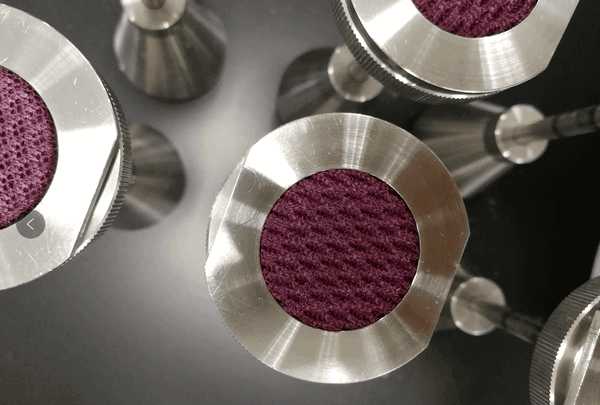- Qinsun Instruments Co., Ltd.
- Tell:+86-21-6780 0179
- Phone:+86-17740808215
- Address:No. 2578 Minhang District Gu Dai Road, Shanghai
- Contact:Mr. Li
- QQ:846490659
Replace and clean the electrodes of the conductivity meter

After using the conductivity meter, rinse it with clean water and avoid contact with organic solvents. Falling or violent shaking may cause the instrument to malfunction or be damaged.
A. Manipulate temperature
When the solution temperature exceeds 1600F/710C, measurement cannot be carried out, otherwise the instrument may be damaged. When the ambient temperature is below 00C, the pH electrode may be damaged. Be careful not to exceed the specified temperature range. Store the instrument around a heat source or in hot weather, where the temperature can easily reach or exceed 1500F, which will lead to inaccurate measurement of the instrument.
B. Battery replacement
Dry the surface of the instrument, unscrew the back four screws, carefully open the back cover, remove the back cover, remove the battery, and replace it with a new 9V alkaline battery. Cover the back cover and tighten the screws.
Note: Due to the installation of non erasable readable memory, even if the power is turned off or the battery is replaced, the recorded data and correction change settings stored in the memory will not disappear.
C. PH/ORP electrode replacement
Electrode model RPR, please confirm the instrument model and serial number when placing an order to ensure the correct electrode model is selected. Each instrument is equipped with the corresponding electrode model.
D. Electrode cleaning
1) Conductivity/TDS/Resistance
The conductivity cell should be kept as clean as possible. Rinsing the electrode cell with sufficient clean water can prevent debris from accumulating on the electrode. However, very dirty solutions, especially those containing scaly particles, can easily precipitate and form a thin film in the battery, which reduces the accuracy of the test. Once an oil film or dirt deposits on the electrode, it should be cleaned with a regular non corrosive cleaning agent and rinsed with clean water to ensure proper testing.
2) PH/ORP
The neutral pH/ORP electrode is made of non renewable materials. It can contact the sample through the surface of the porous electrode bubble and cannot be in a dry state. If the electrode pool is dry, immediately use a liquid spray such as WindexTM or FantastTM to clean the electrode pool and wet it. Sometimes the electrode can recover its activity and cannot be scrubbed or wiped.
The conductivity meter can also use the following methods:
Add a hot (600C) salt solution, preferably a hot KCl solution, or use a saturated NaCl solution and cool to room temperature, then recalibrate the measurement.
Add DL water and soak for no more than 4 hours (if the time is too long, it may lead to a decrease in dissolution rate or damage to the glass electrode), and recalibrate the test.
The occurrence of drift phenomenon may be due to the formation of a thin film on the pH electrode, which is sprayed with WindexTM or FantastTM cleaning solution and moistened. Note that electrode bubbles are very fragile, so pH/ORP electrodes should not be scrubbed or wiped.
When a solution with a high pH (alkaline) value is left in the pH electrode cell for a long time, it can also damage the electrode. After testing, pour out the solution immediately and rinse it with MYRONL storage solution (KCl, pH=4 buffer solution or saturated salt solution, depending on the user's own situation) before filling the electrode cell and storing it with a protective cover.





